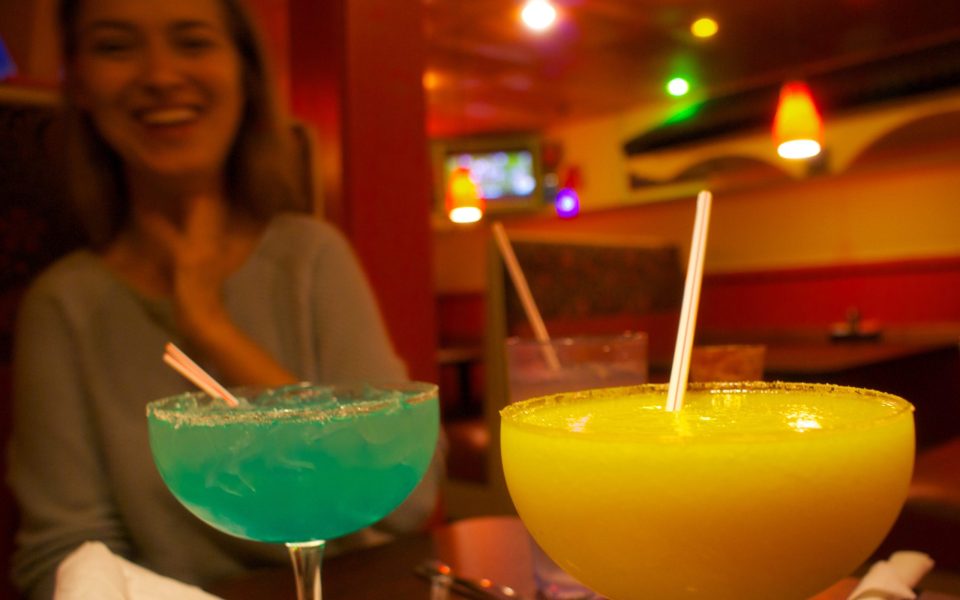by Eric Ginsburg
If there’s one liquor that people swear off more than others after a bad experience, it’s tequila.
Some say that whiskey makes them combative, or put rum to the side after the sugar cane drink induced vomiting. Plenty of people claim they don’t like gin in general, just one of the reasons that boring ol’ vodka is so prevalent. But tequila may hold the worst reputation of all (and increasingly so as the oft-scorned whiskey makes a craft resurgence).
Everyone probably has a friend that, if you order a margarita pitcher to share, will make other arrangements, likely offering an explanation that references “that one time” or a bad “phase in college,” and chances are also high that someone at the table will make reference to the idea that tequila makes you horny.
All of that is mostly ridiculous. And yet, I’m guilty.
My story with the agave drink is most closely aligned with the “bad phase” narrative, where Jose Cuervo wore out his welcome and was never asked back. In my humble yet decent liquor cabinet at home, there are a few kinds of whiskey, gin and vodka, a little scotch, two types of rum and a couple liqueurs. But, as a force of habit, I still don’t reach for tequila.
I lifted my unofficial and ill-informed ban on the liquor a few years ago when a friend visited from Providence, RI and insisted I try Espolon Blanco. It helped that the clear tequila has slick marketing with Day of the Dead-style drawings that looks pretty metal. I occasionally accepted the status symbol Patron, and tried Hornitos Plata when offered. Slowly I started to realize I’d been full of it.
I didn’t just come around to tequila by reintroducing it slowly, like dangerous wolves back into the wild, or by experimenting with higher shelf purveyors; I’d switched to an entirely different type of tequila.
See, there are categories for types of tequila, and I’d dismissed all of them just because of a few nondescript associations with a lower shelf, caramel-colored variety. By switching to the clear blanco and plata (white and silver) tequilas, I successfully bypassed any negative sensory associations.
Reposado tequila is generally more expensive, but for those who may have naively dismissed the liquor, in might be the way to go. This rested variety (two months to a year in an oak barrel) is known for having a more mellow taste and being gentle on the palate while retaining its blue agave character. If it stays in the barrel for more than a year, the tequila is classified as añejo. Though the oro (gold) denomination that turned me off is similar in shade, it isn’t actually aged — oro tequila like the Jose Cuervo Especial that I grew to disdain gets its hue from added colorants and flavorings, not oak casks.
I’m not just telling you this because you (or a friend) need to hear it, but in honor of my brief vacation last week to Mexico, the birthplace of tequila. But you don’t need time off work to properly enjoy this frequently sidelined liquor, and what better way to reintroduce it to your lineup than a venue bearing its name, where you can order a tequila drink that masks the taste?

Tequila, a Mexican restaurant not far from Wake Forest University in Winston-Salem, offers margarita specials five days a week. It peaks on Wednesdays, when mango or blue margaritas go for $2.50, and if you’re trying to slowly ease back into tequila, start with the mango. It’s a frozen marg (meaning the ice is blended rather than whole) that tastes great and without a noticeable tequila flavor.
Feeling a little more adventurous on my second try, I ordered the blue margarita, a cocktail with blue Curacao liqueur that comes on the rocks where the tequila flavor shines through.
But by now, I’m fine, unfazed by the taste of what’s likely tequila oro again (that’s what most restaurants pour in their margaritas). I could almost take on the $2 lime margaritas here, sold Sunday through Tuesday, but at that price, I might be tempted to drink a couple and renew my old sentiments towards the spirit.
Visit Tequila Mexican Restaurant at 2802 Reynolda Road (W-S).
Join the First Amendment Society, a membership that goes directly to funding TCB‘s newsroom.
We believe that reporting can save the world.
The TCB First Amendment Society recognizes the vital role of a free, unfettered press with a bundling of local experiences designed to build community, and unique engagements with our newsroom that will help you understand, and shape, local journalism’s critical role in uplifting the people in our cities.
All revenue goes directly into the newsroom as reporters’ salaries and freelance commissions.


and the food is….??